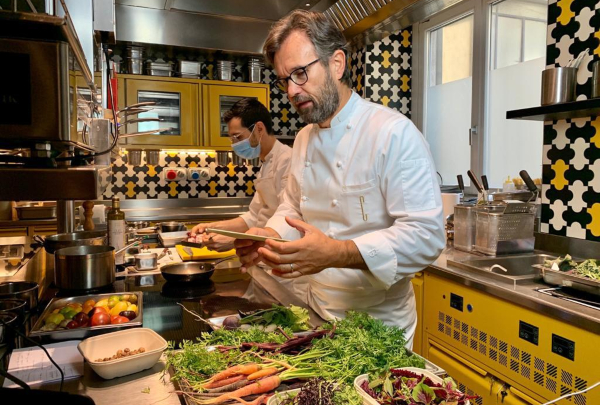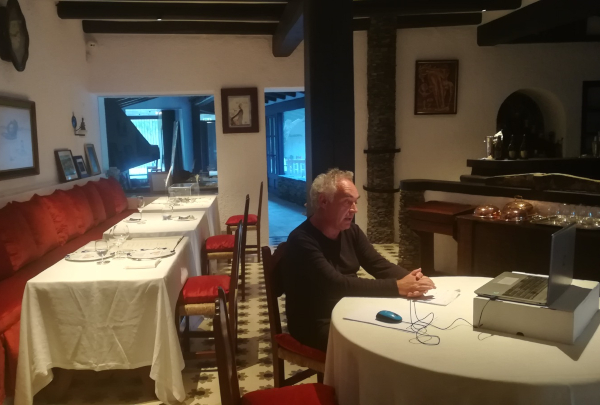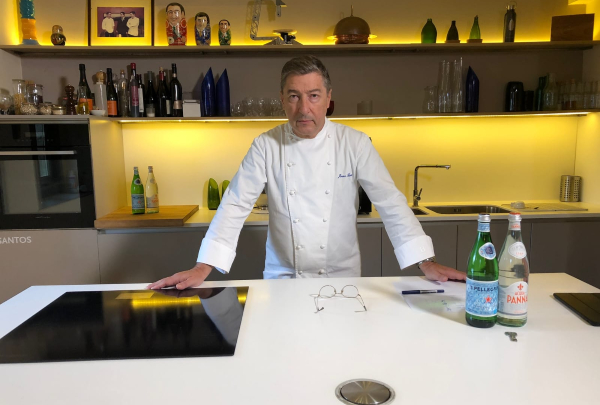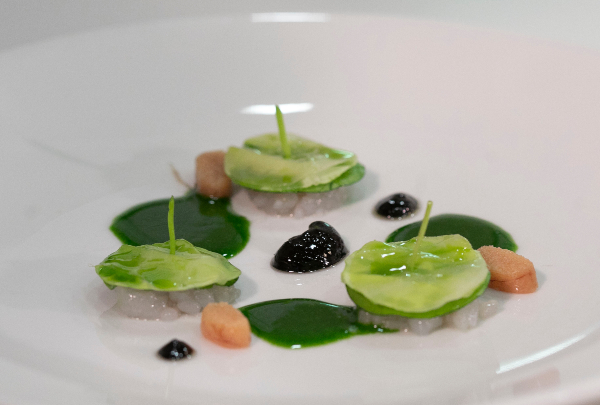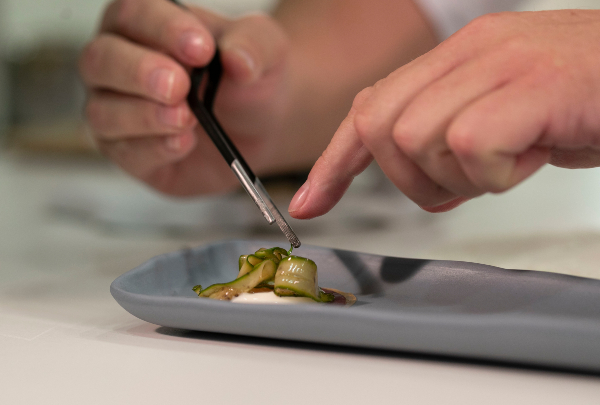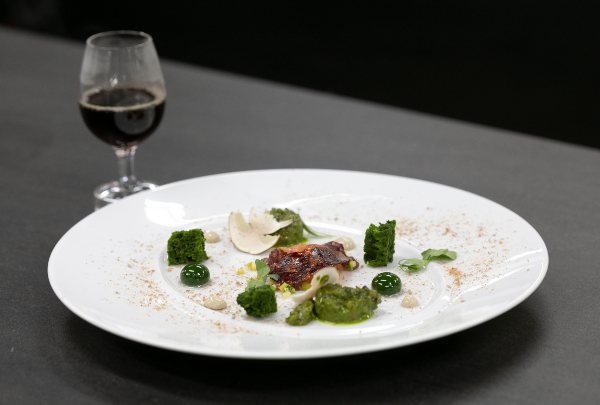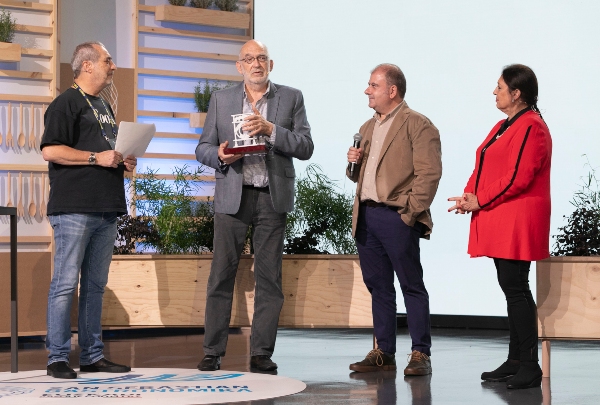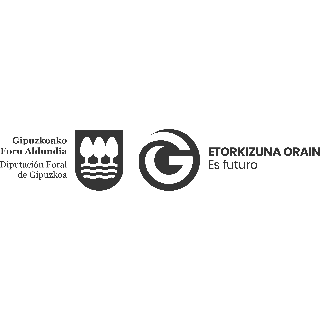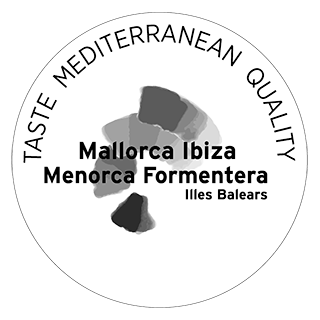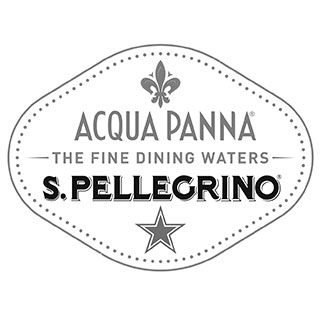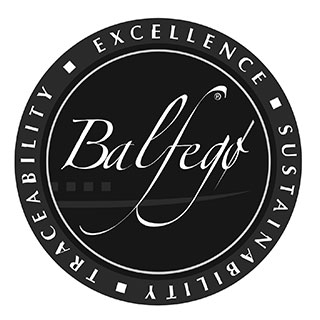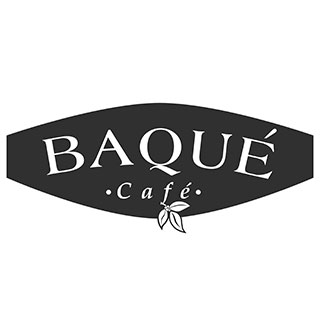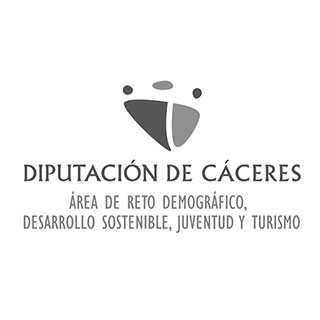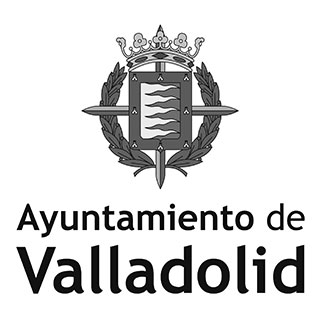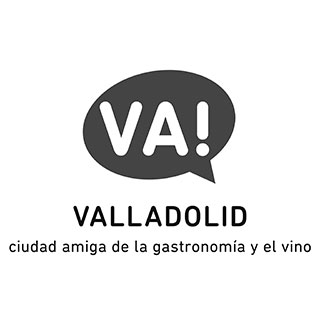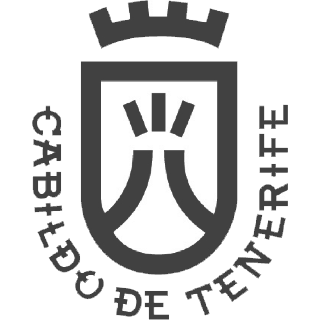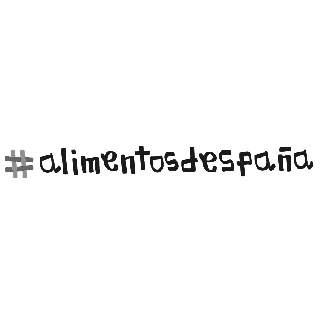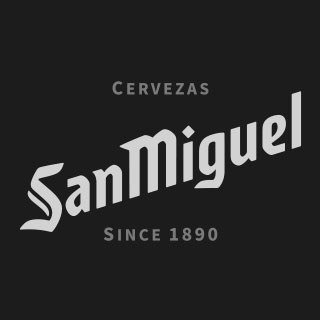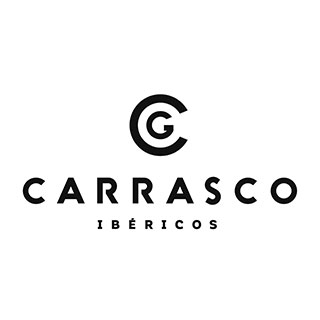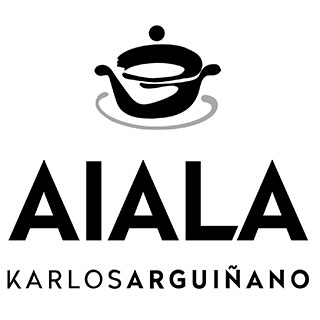News
Iván Domínguez: “Salt is a Galician’s DNA”
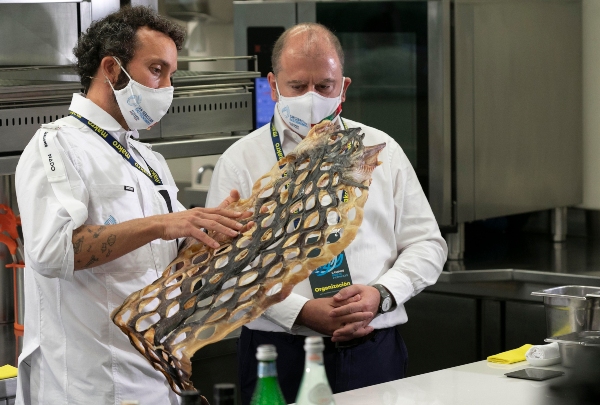
From NaDo, his restaurant in A Coruña, Domínguez provides his personal review of the history of salting in Galicia.
He showed his propositions at San Sebastian Gastronomika – Euskadi Basque Country.
From being a method for preserving meat and fish, salting has become a culinary technique used by certain chefs who have striven to revive this kind of craftsmanship that has now been downgraded in many Galician villages. Iván Domínguez began his presentation by showing a dried conger eel to the ‘virtual audience’ at the congress this year. This is an item that, if this work carried out to revive traditional techniques doesn’t continue, may well become a museum piece; as “in Muxía, a village on the Costa da Morte where the conger eel used to be dried in this way, there are now only two people left who know how to do it”.
From the helm of NaDo Ivan’s aim is to “highlight what they used to do with salt in Galicia in former times”, and to revive these techniques that made it possible to salt cured sardines, seafood and even oysters so that they could travel as far as Rome. A look back to the past to head towards the future, as Benjamín Lana, who hosted the presentation and is president of the gastronomy division at Vocento, pointed out.
As an example of this century-old use of salt to preserve the surplus from Galician boats, the chef from a Coruña set off with an oyster – Galician, of course, from the Rías Baixas- that had been salted for twelve hours and then wrapped in kombu seaweed for three days. The salt modifies the texture of the oyster and its aroma gives it some “very intense flavours”. He accompanied it with a parsnip purée, “to give it some fat and acidity”, and some mashed eggplant. He crowned all this with an artemia leaf, a herb from the coast to reinforce even more, if that’s possible, that we are talking here about the Atlantic, and the sea. The taste on the palate, as Lana confirmed, “results in intense long-lasting flavours and increases the iodised tones”.
Continuing with the oyster, Domínguez proposed another method of preserving it: through acidity, with salt and vinegar: options to work on a product in another way that also restore history and tradition.
The chef continued with a live lobster cut up and placed in salt to then desalt it to be cooked. The salt provides it with “a meaty touch, not as watery as the original lobster” and it is accompanied by the animal’s raw roe and an onion, fennel, garlic and lobster head consommé. “A dish that revolves around lobster” but a method of treating it that, the chef recalled, could also be used for langoustine, for example.
He brought things to a close with a shark that had been placed in salt directly since February, and that, after being desalted for twelve hours was lightly seared on the grill. A fish in which “there are even slight hints of fermentation”. The dish and the presentation by the Galician concluded with a stew made with its fishbones, onion, garlic, saffron and lemon; and some fried figs -to counter the salt of the fish- some abundance leaves and rye crisp bread.
These are highly salted dishes, “culturally, salt is really deep-rooted in me” that evoke great journeys.
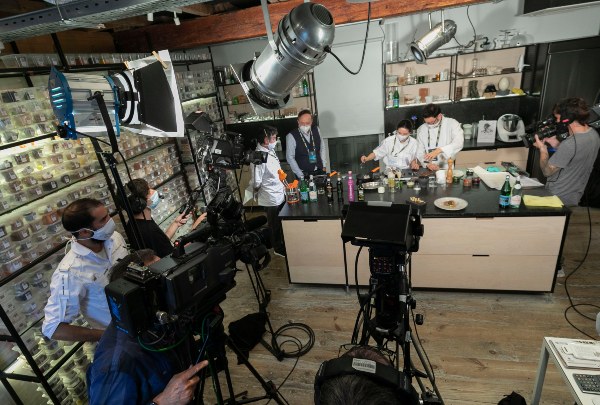
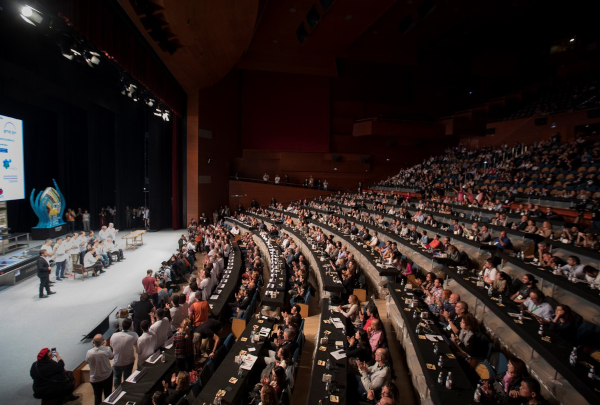
.jpg)
